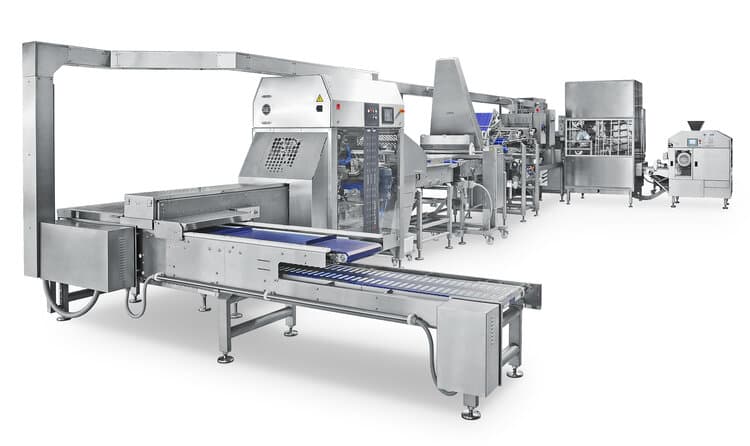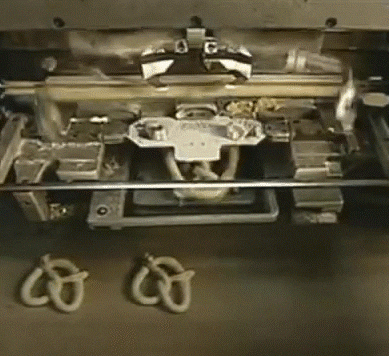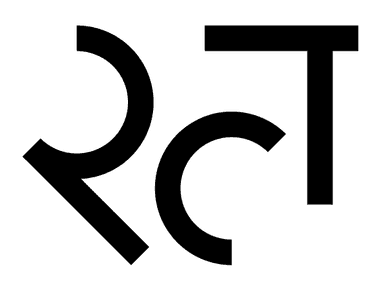MAKING THE PRETZEL MAKING MACHINE MAKE BETTER PRETZELS BETTER - CG AS PRETZELS
CG… JUST LIKE MAKING PRETZELS
You like pretzels?
Making CG is a bit like making pretzels. Perfect all the processes and the order in which they’re combined, then voila… perfect visual treat every time. Sounds easy. But if you want to make a lot of good pretzels, consistently, and also make some money, then that’s when it gets hard.
Behold an actual pretzel machine - The Fritsch Multitwist:

Seriously, check it out here. Mind blowing.
THE MACHINE
Pretty complicated huh?
Making excellent CG consistently and efficiently is just as hard. And that is where you find yourself - a cog in a complex machine. You may say: “I ain’t no cog, I’m an artist!”. And of course you’re an artist buddy, your diploma says so. But at times it’s necessary to be considered as a cog, especially in terms of the production. A cog is a piece of machinery that performs a role within a production line, but what’s most important is that the shape of a cog is defined by the interfaces on either side of it. Your tasks - your role - is also defined by the interfaces between different tasks. From modeler to rigger to an animator... and so on. As your skillset matures and your experience grows, you become a slick, effective machine in yourself - an expert at your task. But the transition between your task and the task that you interface with isn’t always so predictable. Studio workflows evolve, personnel changes, work shifts - whatever the cause, this will impact you, and you will need to adjust. In most systems, the transitions between processes are the most problematic and vulnerable. In the case of CG production, coincidence of interfaces between tasks and people is the most fragile area. It is these areas that provide the biggest opportunity for your work to provide greater value. However, if you ignore these interfaces, your contribution will always be limited and time wasting problems will be beyond your control.
INTERFACE THIS
So the big Pretzel making machine that is CG production has many tasks that interface with each other in various ways.
Interfaces in the context of CG production could be many things:
- The data you are expected to output
- The data you take on as inputs
- Rounds where Producers and Supervisor talk to you
- Dailies where your work is reviewed
- On going chats between you and the tasks that adjoin yours
If these interfaces break down, and or are inconsistent, something already difficult becomes almost impossible.
PERSON A: Did you pick up my latest version? PERSON B: Yeah, I did a couple of days ago!
PERSON A: Sim done, you can pick it up. PERSON B: Cool. Some time later It doesn’t render. Did you check your cache before you published it?
PERSON A: I can’t get playback above 3 fps. PERSON B: It’ll take me 3 days to make a new animation rig. I had to rush because you said you needed it.
PERSON A: I wonder which is tougher, the upper layers of your epidermis, or this UV damaged Intuos 2 Wacom pen? PERSON B: ... erm…
If these exchanges sound familiar, you’ve got interfacing issues.
HELP IMPROVE YOUR INTERFACES
Good interfaces are:
- Consistent
- Robust
- Transparent
- Predictable
All of which a Power Glove is not.

The level of contribution you can make to improve these interfaces will vary, dependent on your task, seniority and skill-set. But there is always something you can do to improve the production, and ultimately the value of your assigned work.
Some simple specific examples of interface smoothing:
- Turn a recurring conversation into a scheduled routine meeting managed by Production.
- Write a document that tells the compositors what that can expect from you: the names of the passes and their potential uses. Work to generalise it with other Comper’s and Lighter’s input.
- Suggest that Animation creates a library of cycles from the hero animation, rather than taking days to create it procedurally as part of your FX task.
Start locally, with what affects you directly, because that is where you’ll likely have the best insight. Communicate with your Supervisors and Producers - they may be able to help, and could formally implement changes.
If you are lucky, you are working within an established and mature pipeline and production workflow, where interfaces are carefully considered and clearly defined, both in how work is passed between tasks, and in the rhythm of feedback and review. Learn those interfaces - the specifics of them and the underlying reasoning behind them - as this will inform and make you a more effective artist. There may also be processes to evolve workflow. Use them. That way your efforts can propagate to other projects, and render your efforts even more valuable.
TIME TO MAKE SOME PRETZELS
When you start to notice that you are spending less time reacting to things going awry and more time contributing to make sure things don’t; when you start to feel like you are saving time rather than losing it, you are heading in the right direction.

C'est la vie… the twisters always get the glory.
